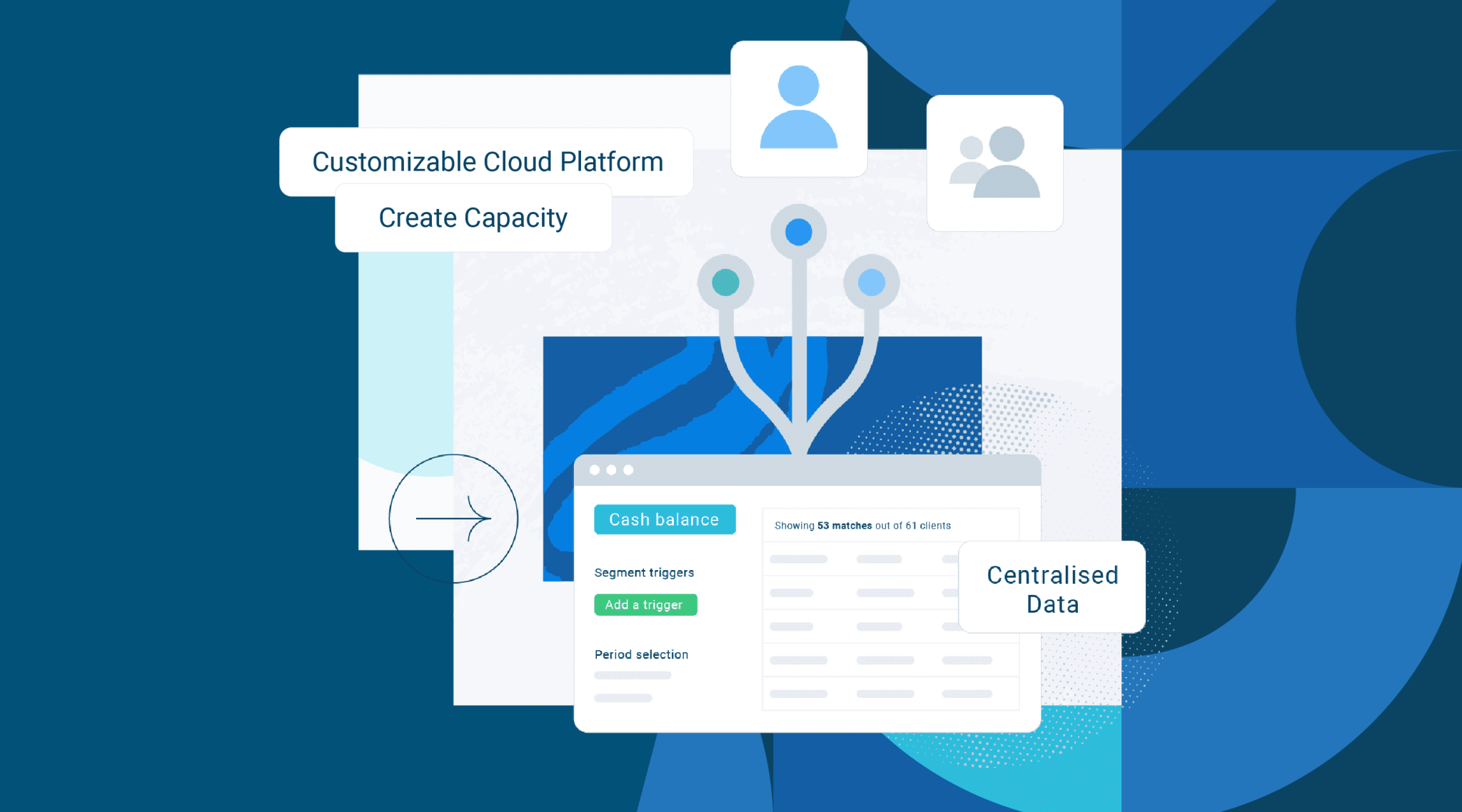During Fast Forward Studio we spoke to a broad panel of leading experts within technology, financial services and accounting. In this blog, we’ll be focusing on what Joris Van Der Gucht, co-CEO of Silverfin had to say about his vision for the future of accountancy.
Having worked as an accountant himself before he co-founded Silverfin, Joris is familiar with the challenges faced by accountancy firms – putting him in the perfect position to offer solutions to how work can be done more effectively and greater value can be offered to clients.
People, business model and technology
Joris is convinced that, if we want to work more efficiently and offer greater value to our clients, connected accounting is the way forward. Connected accounting is about three essentials: people, business model and technology.
First of all the people. The most valuable coworkers are able to use their collective intelligence to solve problems and deal with new situations effectively. This is only possible when the right tools are available to allow them to communicate and collaborate with each other effectively. They also need to have a central hub where all the necessary information for decision making is available and where they can work with each other in context.
Next there is your business model. This defines how you work with your clients. As compliance and reporting are becoming commodity services, you need to shift the focus of your work from quantity to quality. Nowadays it’s not the amount of hours that you spend on a client that counts, it’s what you can deliver. Clients will happily pay you more if you can offer them advisory services that really help them to grow their business faster and this will benefit your profit margins too.
Finally, the role of technology is to support progress in the two other pillars. “But right now, there is too much focus on just technology,” believes Joris. Technology should enable change. This is why Silverfin is about much more than the centralisation of client numbers or process automation. Yes, it’s a structured data hub which aggregates client data but it uses this data to power workflow templates that automate the process of common accounting work, and tools to support advisory services. In other words, it makes it easy for clients and accounting teams to work together in new and powerful ways. It is the cloud platform leading firms are using as the foundation of their digital transformation as well to support their transition from reporting and compliance to advisory services.
Success needs a step-by-step plan
When talking to accountancy firms about their business and digital transformation, Joris sees that, while many of them know all too well they need to do something, they hesitate because the whole endeavour seems too daunting. “Accountants are fully aware that change is needed,” said Joris. But change management and doubts about return on investment seem to be two big stumbling blocks. “For change management to be successful, you need to build a plan and find the right partners,” he continued. That’s where Silverfin comes in with its roadmap for success in digital transformation: the connected accounting maturity curve.
Firms can use the maturity curve to guide them as they build their plan for digital transformation. It consists of four stages:
- Fullsight: standardising and centralising all real-time and historic client data
- Hindsight: automating common accounting processes
- Insight: getting a deeper understanding of the numbers and using it to power advisory
- Foresight: using data, reporting and analytics to predict the future.
Moving a firm through the entire maturity curve does take time, planning and commitment but it’s worth it. “…keep going, the change will happen,” Joris believes. His message was backed up by the results of a poll amongst Fast Forward Studio viewers too: 58% acknowledged that their efficiency has increased due to their digital transformation.
It’s not about being big or small
A final message that Joris shared with us in his session is that digital transformation is not just for big companies with big budgets. “Bigger and smaller companies alike are facing the same challenges,” he said. It’s all about people: attracting, training and retaining the right employees is crucial. Once you have the right people, the next step is correctly handling your change management.
If you’re new in the market and can start fresh with digital, it is definitely a lot easier to move forward on that path. But for more established firms there is no way back from digital transformation now. New business models are already emerging, be they subscription-based options for low maintenance clients such as freelancers, or big companies investing significantly on a fully digital model. All of these digital players will eventually cannibalise the traditional system. This means that digital really is the only way forward for firms of all sizes.
So what should we do to be successful and future-proof our firms? “For a digital transformation to be successful you first need to build a plan and then execute it step by step,” concluded Joris. “Learn from others, be persistent and focus on what matters.”
Want to find out all the details? You can watch the full recording of our live show with Joris and other experts on the Fast Forward Studio website.
Ready to get started or accelerate your firm’s digital transformation? Contact us today and we can work on it together.






